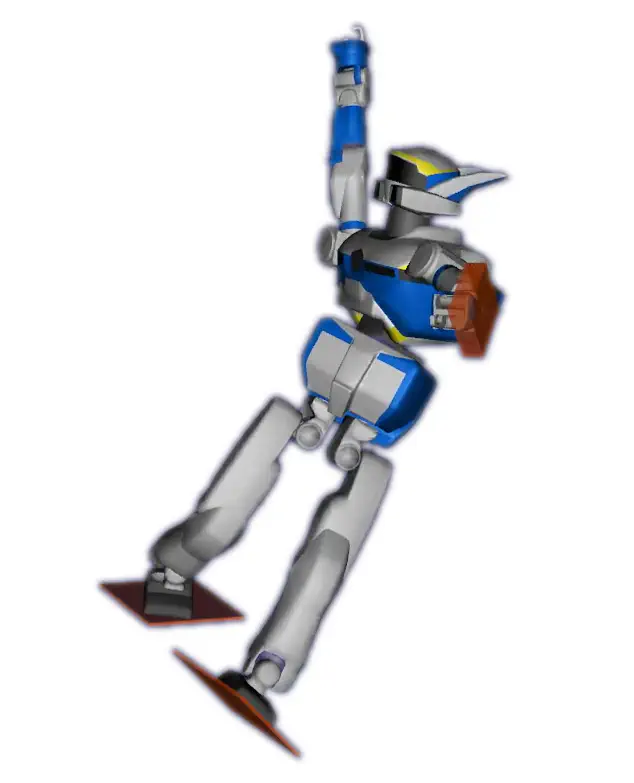
Abstract
The ability to anticipate a fall is fundamental for any robot that has to balance. Currently, fast fall-prediction algorithms only exist for simple models, such as the Linear Inverted Pendulum Model (LIPM), whose validity breaks down in multi-contact scenarios (i.e. when contacts are not limited to a flat ground). This paper presents a fast fall-prediction algorithm based on the point-mass model, which remains valid in multi-contact scenarios. The key assumption of our algorithm is that, in order to come to a stop without changing its contacts, a robot only needs to accelerate its center of mass in the direction opposite to its velocity. This assumption allows us to predict the fall by means of a convex optimal control problem, which we solve with a fast custom algorithm (less than 10 ms of computation time). We validated the approach through extensive simulations with the humanoid robot HRP-2 in randomly-sampled scenarios. Comparisons with standard LIPM-based methods demonstrate the superiority of our algorithm in predicting the fall of the robot, when controlled with a state-of-the-art balance controller. This work lays the foundations for the solution of the challenging problem of push recovery in multi-contact scenarios.